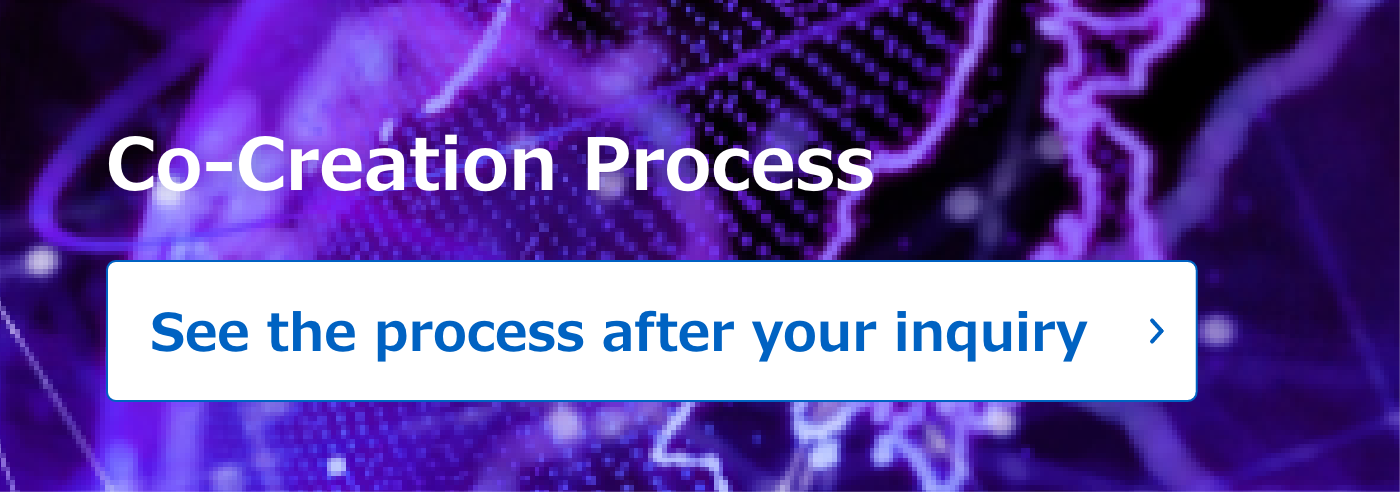1
Overview
At design development sites, the field of view becomes narrower as the development progresses. Designers tend to be distracted by the immediate problems, making it difficult to notice more fundamental issues, and there are many issues that are common in the design development. However, it was difficult to find a comprehensive thinking reference which was written by designers for designers, and which presented specific examples. When offering guidance to younger designers, it is always necessary to rely on rules of thumb or personal expertise. Based on such on-site experience, the document was compiled in chapters, like a picture book, and features actual examples and visuals so that anyone can understand it.
2
Details
■Configuration
As a precondition, this approach covers the design development phase after planning. The document gives explanations in the order of the actual development process instead of simply explaining theories, allowing on-site designers to refer to the document based on the current step. Examples are presented using visuals to make the content more persuasive and specific without focusing on theory. Each chapter has a cover with simple text and an illustration, explanations of meanings, and actual examples to help deepen understanding gradually.
■Functions / Features / Applications
“Shift between insect’s view and bird’s-eye view” (Fig. 1-1)
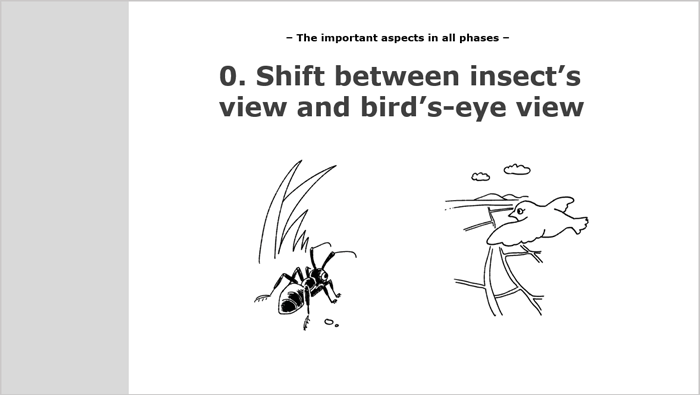
Fig. 1-1 “Shift between insect’s view and bird’s-eye view”
First of all, it is important in all the processes to shift between an “insect’s view” and a “bird’s-eye view.” However, complacency results from focusing too much on the “insect’s view” (subjectivity, visualization of specific ideas, and attention to detail). On the other hand, designers fail to develop a sense of ownership and the output becomes less specific by focusing too much on the “bird’s-eye view” (objectivity, abstraction, and understanding of the entirety from the overhead view). Thus, it is essential to shift between the two perspectives in all the processes(Fig. 1-2). In addition, a task at a point in time may be seen from the bird’s-eye view, but it may be seen from the insect’s view from the overhead view of the overall business, for example. Thus, the relationship between the insect’s view and the bird’s-eye view has a nested structure, namely, immediate issues → one’s own task → overall lineup → overall business (Fig. 1-3).
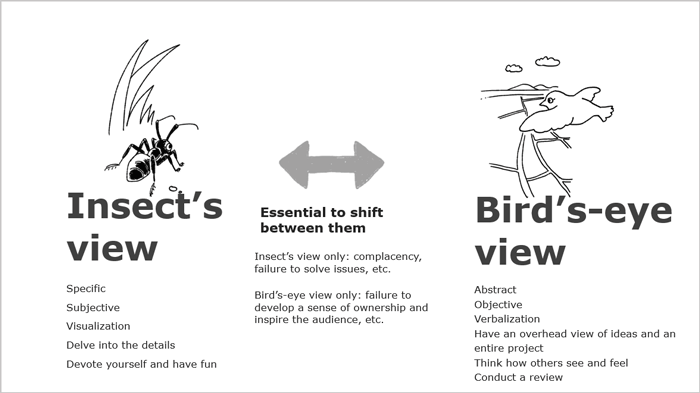
Fig. 1-2 Shifting between the two perspectives
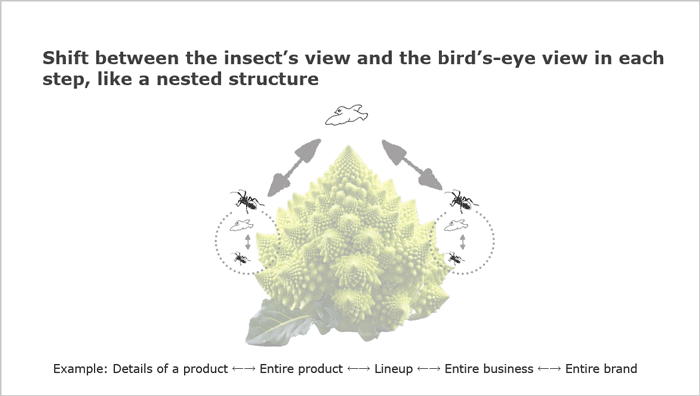
Fig. 1-3 Nested structure of perspectives
“Go up and down the stairs” (Fig. 2-1)
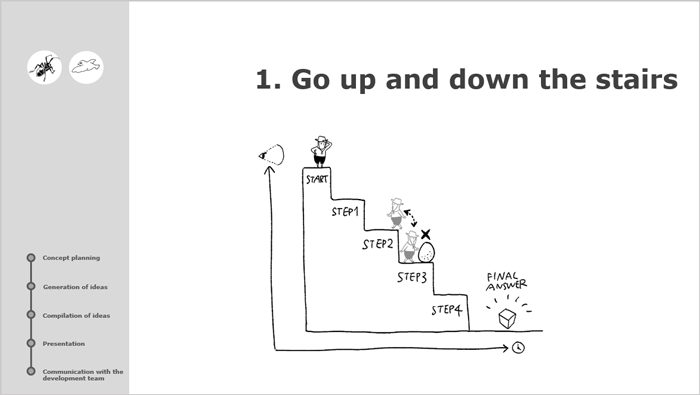
Fig. 2-1 “Go up and down the stairs”
In the entire product development process, it is essential to maintain a wide field of view when faced with a problem. Product development is like going down stairs as time progresses. From a three-dimensional viewpoint, the structure looks like a wedding cake. From the top, there appear to be numerous goals (Fig. 2-2). As you go down the stairs (namely, each step), you get closer to the final product (namely, goal). While the idea becomes more specific, the field of view becomes narrower. When faced with a problem, it is important to revisit the question of what should be attained and to return to the upper layer. If you change the route hastily with a narrow field of view, you lose sight of your original goal (Fig. 2-3). The term “stairs” is used as a metaphor to help readers understand switching of the field of view.
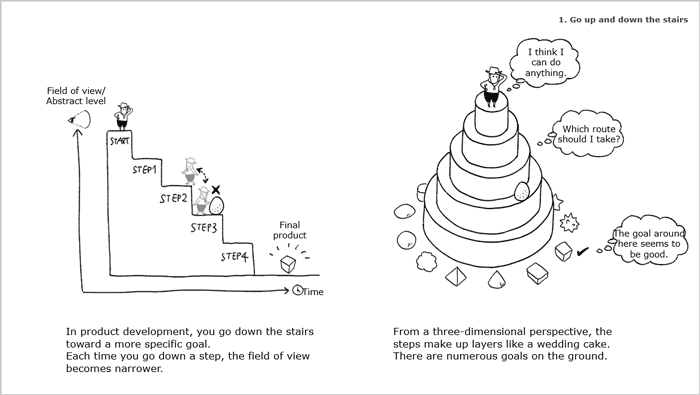
Fig. 2-2 Conceptual diagram of perspectives in product development
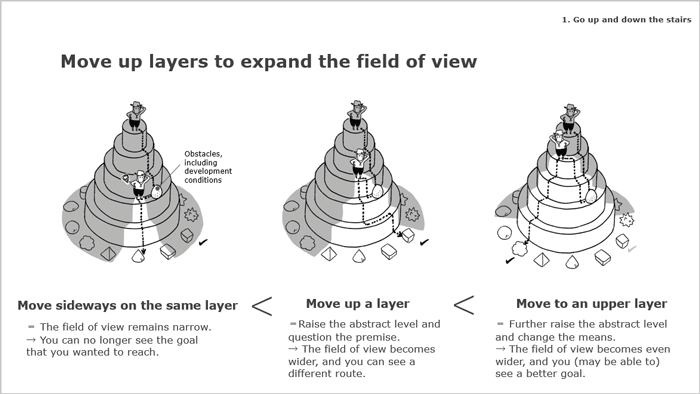
Fig. 2-3 Shifting field of view
“Play an association game of words and pictures” (Fig. 3-1)
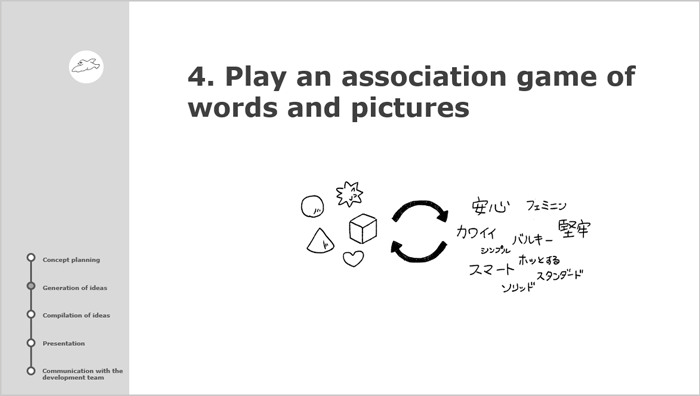
Fig. 3-1 “Play an association game of words and pictures”
When you have ideas, it is important to repeat switching between words and pictures. You verbalize (namely, words, abstraction) your output (namely, pictures, embodiment) and look for more appropriate expressions in terms of both words and pictures to enhance the matching accuracy between the goal and the means(Fig. 3-2).
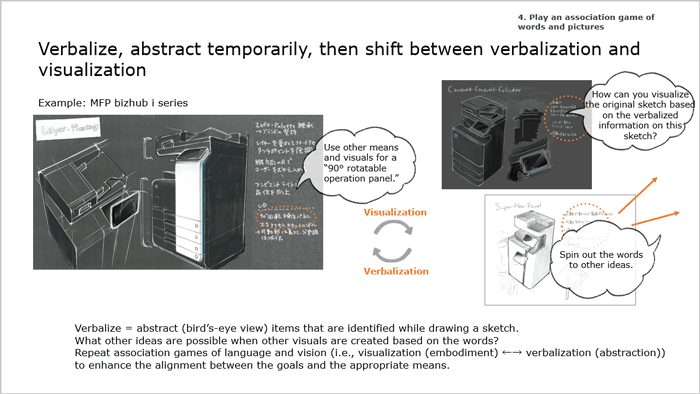
Fig. 3-2 Concrete examples of this approach
“Quickly switch between “I want to turn this idea into a product!” and “How do you make it?” (Fig. 4-1)

Fig. 4-1 “Quickly switch between “I want to turn this idea into a product!” and “How do you make it?”
When coming up with ideas or increasing the accuracy, it is essential to consider the product that you want to make and the difficulty of manufacturing at the same time. Major reworking can be prevented by verifying the presence of a fatal impact on your idea and concept to be embodied (Fig. 4-2).
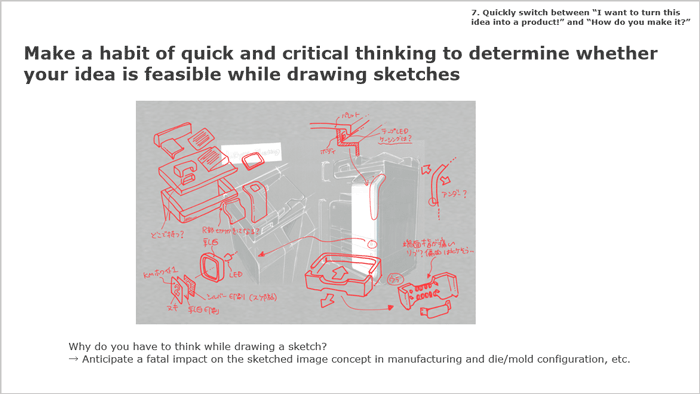
Fig. 4-2 Concrete examples of this approach
“Whip your treasured ideas” (Fig. 5-1)
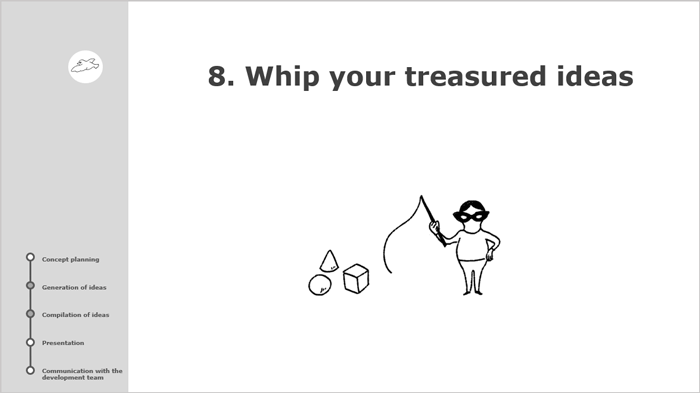
Fig. 5-1 “Whip your treasured ideas”
If you come up with a good idea, it is vital to critically review your own output. You must study whether the output embodies the concept and check that the initial concept has not been altered by the means. You can notice defects and contradictions in your idea at an early stage by temporarily eliminating subjectivity and having an objective and critical perspective(Fig. 5-2).

Fig. 5-2 Concrete examples of this approach
“Pit ideas against each other” (Fig. 6-1)
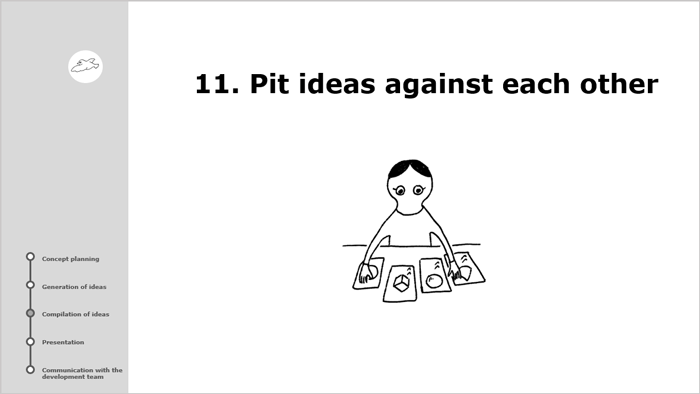
Fig. 6-1 “Pit ideas against each other”
If you have multiple ideas, it is essential to compare them while referring to the priority. Prioritize the goals in advance. (Color-coding of the goals makes them easy to understand.)(Fig. 6-2) Then, verbalize again what your ideas can accomplish. By comparing the initial priority with your ideas, you can obviously see which ideas achieve high-priority goals(Fig. 6-3).

Fig. 6-2 Concrete examples of prioritizing goals
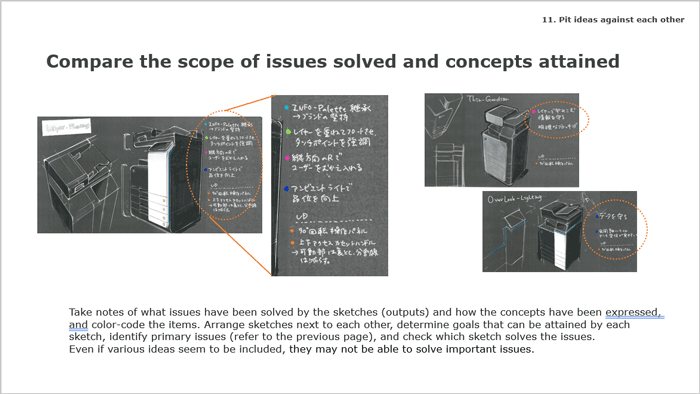
Fig. 6-3 Concrete examples of comparing achievement levels
“Explain using words” (Fig. 7-1)
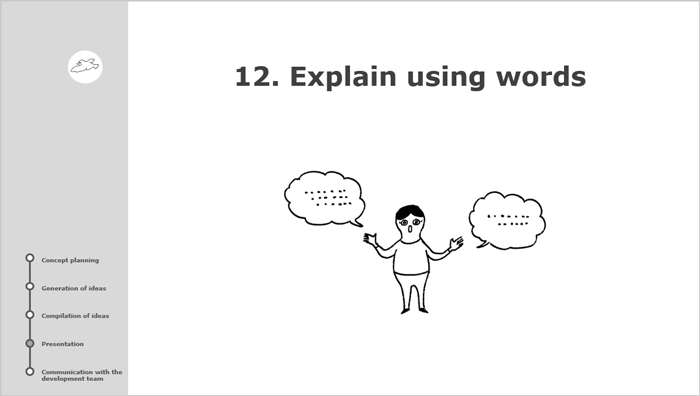
Fig. 7-1 “Explain using words”
It is important to reverbalize before a presentation and define the outline of ideas. Through reverbalization to explain the output to others, you must clarify the grounds for your decision and make it easy for others and yourself to understand the intent of ideas. Reverbalization also helps notice the possibility of more appropriate answers as discussed in the chapter of “Go up and down the stairs.” (Fig. 7-2)

Fig. 7-2 Concrete examples of this approach
■Future outlook
This approach was compiled based on documents prepared for young hardware designers. Since prompt, on-the-spot advice inherently fades quickly, we created the document to make it available at any time and to offer advice and enhance persuasiveness when reviewed. However, at an in-house conference (Agile Fes 2024), we received feedback such as “Verbalization was helpful” and “The visuals are easy to understand,” from non-design staff. Looking back, the document became widely applicable and assisted staff in various jobs in deepening their thinking because we avoided difficult technical terms and used words and pictures that can be understood by anyone. We will further improve the content for deployment in the phase of identifying issues in the upstream of projects, etc. so that the document applies to training for new employees and can be used by more staff members.


